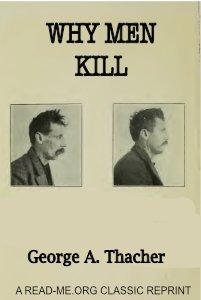By Thomas Joiner
Of the approximately 38,500 deaths by suicide in the U.S. annually, about two percent--between 750 and 800--are murder-suicides. The horror of murder-suicides looms large in the public consciousness--they are reported in the media with more frequency and far more sensationalism than most suicides, and yet we have little understanding of this grave form of violence.
In The Perversion of Virtue, leading suicide researcher Thomas Joiner explores the nature of murder-suicide and offers a unique new theory to explain this nearly unexplainable act: that murder-suicides always involve the wrongheaded invocation of one of four interpersonal virtues: mercy, justice, duty, and glory. The parent who murders his child and then himself seeks to save his child from a fatherless life of hardship; the wife who murders her husband and then herself seeks to right the wrongs he committed against her, and so on. Murder-suicides involve the gross misperception of when and how these four virtues should be applied.
Drawing from extensive research as well as real examples from the media, Joiner meticulously examines, deconstructs, and finally rebuilds our understanding of murder-suicide in such a way that brings tragic reason to what may seem an unfathomable act of violence. Along the way, he dispels some of the most enduring myths of suicide--for instance, that suicide is usually an impulsive act (it is almost always pre-meditated), or that alcohol or drugs are involved in most suicides (usually they are not).
Oxford, UK: Oxford University Press, 2014. 264p.







